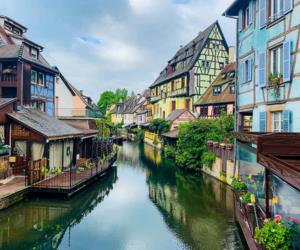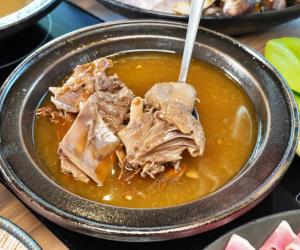The Everest Three Passes Trek is one of the most exciting and challenging treks in Nepal. When we planned our recent adventure, understanding the Three Passes Trek map was very important to us. It helped us prepare better and enjoy the journey with confidence. As a travel professional with over five years of experience, I want to share my simple guide about the map of the Three Passes Trek based on what I learned during the trip. This article will help you know the main route, the passes, and important stops along the way.
文章重點
What is the Three Passes Trek?
The Three Passes Trek is a high-altitude trek that crosses three major mountain passes in the Everest region. These passes are Kongma La, Cho La, and Renjo La. Each pass offers amazing views of the Himalayas, including Mount Everest, Lhotse, and Ama Dablam. This trek is a great choice for experienced trekkers who want to explore more remote parts of Nepal while enjoying beautiful landscapes and cultural sites.
Understanding the Three Passes Trek Map
Before we started our trek, we studied the Three Passes Trek map carefully. The map shows the full route, starting from Lukla, the gateway to the Everest region. From Lukla, the path goes through many famous villages and stops such as Namche Bazaar, Tengboche, Dingboche, and Lobuche. These places are important for resting and acclimatizing.
The map clearly marks the three passes:
Kongma La Pass (5,535 meters)
Cho La Pass (5,420 meters)
Renjo La Pass (5,360 meters)
Each pass is a major highlight and a challenge of the trek.
Our Route on the Map
We started our journey in Lukla, following the traditional Everest Base Camp trail. After Namche Bazaar and Tengboche, we reached Dingboche and then Lobuche. From here, the route took us to the first pass, Kongma La. Crossing this pass was tough but very rewarding because of the beautiful views of Cho Oyu and other peaks.
After Kongma La, the map showed the path going to Gokyo Lakes. We spent a night there and then prepared for the second pass, Cho La. This pass is a bit narrow and icy, but with good guides, we crossed it safely.
Finally, the map led us toward Renjo La Pass. Crossing Renjo La took us to the beautiful village of Ghat and then to the Everest Base Camp route. The last part of the trek took us through Pheriche and Namche Bazaar again before returning to Lukla.
Why the Map is Important
The Three Passes Trek map is more than just a guide; it helps trekkers prepare mentally and physically. Knowing where the passes are, how long the distances between stops are, and where to find places to rest is very helpful. For me and my team, the map made planning easier and kept us motivated during the tough parts of the trek.
The map also helps with understanding the altitude changes. Each pass is very high, so we knew when to take it slow and rest to avoid altitude sickness.
Tips for Using the Map on Your Trek
Study the map before your trip. Understand the main points and passes.
Use the map along with your guide’s advice. Local knowledge is very important.
Mark your daily destinations on the map. This will keep you organized.
Remember the distances and elevation changes to pace yourself well.
Carry a physical or digital copy of the map. Mobile service can be limited in the mountains.
Final Thoughts
The Three Passes Trek map is a great tool for anyone planning this adventure. It shows the full route, the three high passes, and key villages where you can rest and acclimatize. From my recent experience, having a clear idea of the map made the trek more enjoyable and safer.
If you want to take on the challenge of the Everest Three Passes Trek, take time to study the map well. With good preparation, a strong team, and the beautiful views along the way, this trek will be one of the most memorable journeys of your life. I am glad I had the map to guide us, and I’m sure it will help you too.





